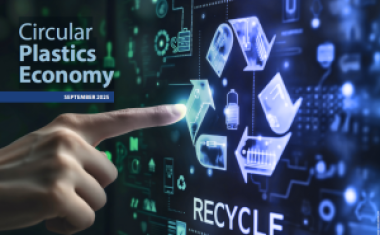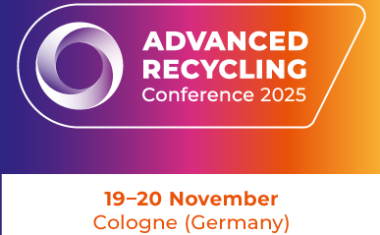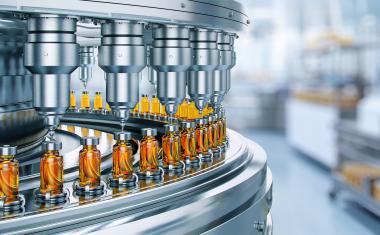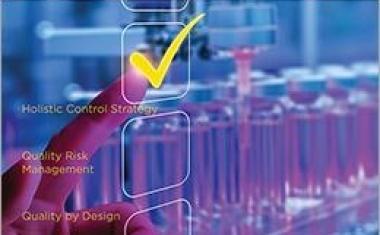Indian Pharmaceutical Industry Attracting FDI

India enjoys an important position in the global pharmaceuticals sector. The country is the largest provider of generic drugs globally. The Indian pharmaceutical industry supplies over 50 % of the global demand for various vaccines, 40 % of generic demand in the US and 25 % of all medicine in the UK.
Market Size
India’s pharmaceutical sector was valued at $33 billion in 2017 and is expected to reach $55 billion by 2020. The country’s pharmaceutical exports stood at $17.27 billion in 2017-18. In 2018-19 these exports are expected to cross $19 billion, according to a report published recently by the India Brand Equity Foundation (IBEF).
Investments
The Union Cabinet has given its nod for the amendment of the existing Foreign Direct Investment (FDI) policy in the pharmaceutical sector in order to allow FDI up to 100 % under the automatic route for manufacturing of medical devices subject to certain conditions.
The drugs and pharmaceuticals sector attracted cumulative FDI inflows worth $15.83 billion between April 2000 and June 2018, according to data released by the Department of Industrial Policy and Promotion (DIPP).
Between April and June 2018, the pharma sector in India witnessed private equity and venture capital investments of $396 million. In 2017, the sector witnessed 46 M&A deals worth $1.47 billion. It is expected that the exports of the Indian pharmaceutical industry to the US will get a boost, as branded drugs worth $55 billion go off-patent between 2017 and 2019.
Road Ahead
Medicine spending in India is expected to increase at 9-12 % CAGR between 2018 and 2022 to $26-30 billion, driven by increasing consumer spending, rapid urbanization, and rising healthcare insurance, among others.
Going forward, better growth in domestic sales would also depend on the ability of companies to align their product portfolio towards chronic therapies for diseases such as such as cardiovascular, anti-diabetes, anti-depressants and anti-cancers that are on the rise.
The Indian government has taken initiatives to promote the pharmaceutical sector and has taken many steps to reduce costs and bring down healthcare expenses. Speedy introduction of generic drugs into the market has remained in focus and is expected to benefit the Indian pharma companies. In addition, the thrust on rural health programs, lifesaving drugs and preventive vaccines also augurs well for the pharmaceutical companies. (mr)
















